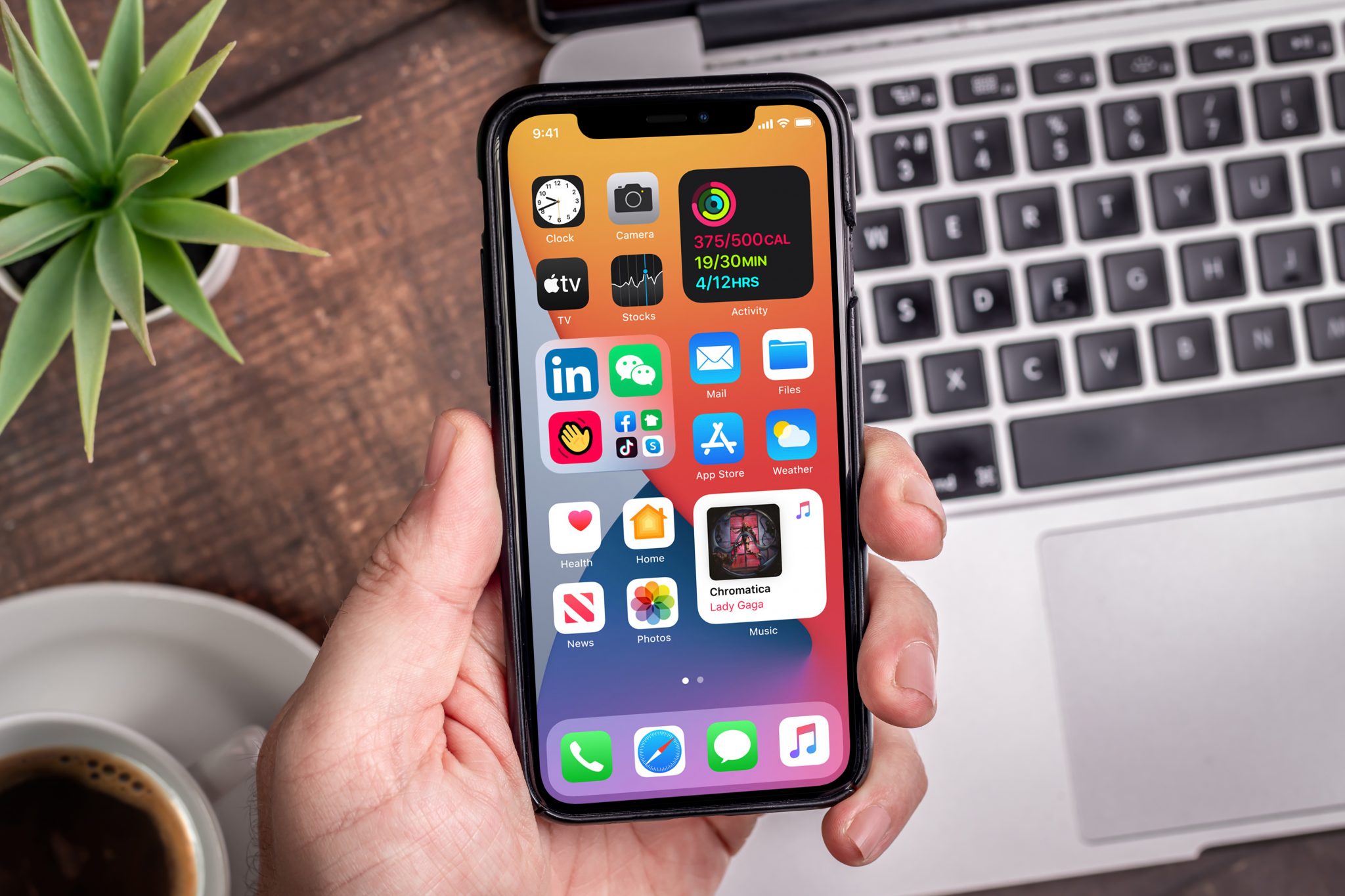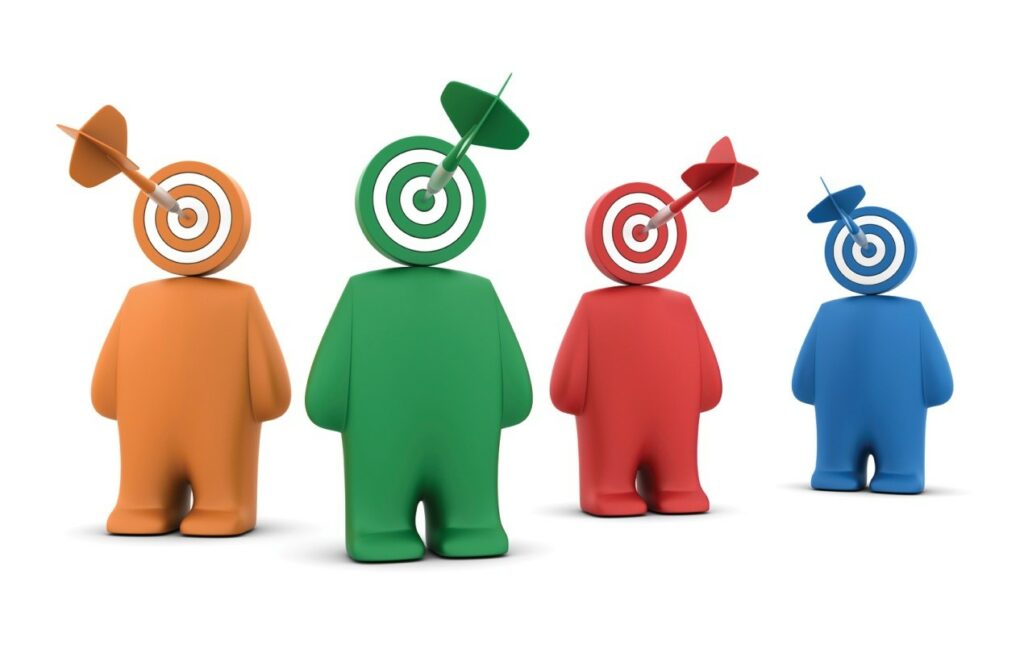How the New iOS14 Update Could Affect Your Ads and Proactive Steps You Can Take
Crowdfunding, Ecommerce, Post Crowdfunding Marketing

The iOS 14 update has already rolled out, and as users continue to download it, changes are coming that will impact how several things within Facebook advertising operate. Learn how your ads will be affected and what steps you should take.
How the new iOS 14 update could affect your ads and proactive steps you can take
The iOS14 update has already rolled out, and as users continue to download it, changes are coming. Among the noteworthy changes, Facebook and Instagram apps will now have to ask permission to track private user data. This will impact how several things within Facebook advertising—Facebook ads, custom conversions, custom audiences, lookalike audiences, dynamic product ads, etc – operate.
To try and mitigate this change Facebook has introduced Aggregated Event Measurement or AEG. AEG is Facebook’s new protocol that will restrict, aggregate and delay data while still supporting critical advertiser use cases. In short, Facebook can still track conversions for opted-out users by using aggregated event measurements. But there’s a catch. Now, advertisers will be limited to using 8 conversion events per domain.
How will my ads be affected?
Anyone who advertises via Facebook will ultimately see a drop-off in reported conversions and metrics. You may have already noticed this because the 28-day click-through, 28-day view-through, and 7-day view-through attribution windows are gone.
Once Apple enforces its iOS 14 requirements, advertisers will only see the following attribution windows:
- 1-day click
- 7-day click
- 1-day click and 1-day view
- 7-day click and 1-day view
Additionally, advertisers will experience delayed reporting because real-time reporting will not be supported. It might take up to three days to see advertising metrics reported within Facebook. Insights into breakdowns by age, gender, region, placement, etc. will also disappear.
Retargeting audiences may also see a performance drop as more people opt-out of being tracked.
For more information on how campaigns will be affected, you can visit Facebook’s article “How Apple’s iOS 14 Release May Affect Your Ads and Reporting.” There is a lot of additional helpful information there.
What do I need to do to prepare for the iOS 14 update in Facebook?
To start with Facebook has released a list of “must-dos” for advertisers before Apple releases the new update. Read about all of these here, but to summarize, below are the steps you must take.
STEP 1: Verify your domain or domains in Facebook Business Manager
STEP 2: Prepare to operate with a maxim of 8 events firing per domain and determine the priority you want Facebook to count those events. The priority is important because under AEG Facebook will only report on the highest priority event for each user. For example, if your priority order is purchase, initiate checkout, add-to-cart, then email signup. Say you have user “A” and user “B”. User “A” goes all the way through to purchase and user “B” only makes it to add-to-cart. Facebook will only track a purchase for user “A” and “add-to-cart” for user “B” with AEG. Even though they both went through other events to get to their endpoint those other events will not be tracked.
STEP 3: Anticipate changes to attribution windows and how that may affect your results and reporting.
STEP 4: Identify alternative means for tracking, reporting, keeping custom audiences optimized, etc.
Okay, let’s dig in…
Verifying your domain
- This is pretty simple and straightforward. Follow the steps below to verify your domain in Business Manager:
- Once you are logged into the Business Manager account you want to own the domain, navigate to Business Settings
- In the left-hand menu, click on “Brand Safety” then click on “Domains”
- Click on the blue “Add” button
- Enter your domain name
- You should get a TXT record that will look something like this: facebook-domain-verification=zffk3sbcrv40a2xtiwr
- Log in to your domain registrar (or wherever you manage your DNS).
- Navigate to the area that allows you to add/edit DNS records
- Paste the domain verification from Facebook into the Value field
- Save your changes
NOTE: Do not modify any existing records as it can possibly take your site offline
Once you have completed these steps wait about 24 hours (sometimes it can take up to 72) and go back to your Facebook Business Manager. Navigate back to domains and click the green verify button. Now you should be good to move onto the next step.
Configure your events under Aggregated Event Measurement
Configure the 8 web events in order or priority you listed from step 2 above. Facebook initially configures the conversion events they think are the most relevant to your business based on your activity. You can reorder, remove and add events at any time but keep in mind custom conversion events might take up to 72 hours to configure.
After the iOS14 update, advertisers will only be able to use their configured events as ad objectives. All other ads, audiences, and campaigns optimized for other events will be turned off by Facebook. Note, you can still use standard and custom events for custom conversions and custom audiences without those events being configured under AEM.
Steps to configure your events:
- Again, make sure you are logged into the Business Manager you verified your domain under
- Navigate to Business Settings
- Open up “Data Sources” and click on “Pixels”
- Click on the pixel with events you want to configure
- Click on “Aggregated Event Measurement”
- Click “Configure Web Events”
- Click on the domain you want to configure your events under
- Click “Manage Events” then click “Edit”
- You can then add your events based on their level of priority for your Business
Additional Solutions you can Implement
We know this is a lot of information. Our heads were spinning, too, when we first looked at it. After diving into the update, and all its changes, we came across additional solutions and resources that might be worth implementing to help with reporting and tracking issues.
Offline Conversion Events
If you have a way of collecting additional custom data (outside of what Facebook tracks through the pixel) you can upload it into an offline event in Facebook to help with attribution loss. If you need help with steps to take to implement this or how to automatically pull that data into Facebook check out our resource.
Custom Audiences
If the only way you currently build your custom and retargeting audiences is via the Facebook pixel, consider getting information from your customers in additional ways. For example, you could use a survey or an email sign-up to ask for an email address, phone number, name, etc.
Facebook’s Conversion API
There has been a lot of talk about using Facebook’s CAPI in addition to the Facebook pixel. In theory, this is a great idea but we’ll be honest, if you do not have a developer on or have a site built on Shopify it is a beast to set up and there isn’t much information on how to do it. We did some digging and found the resources below to help make installing the CAPI much much easier.
Let Enventys Partners help you with Facebook advertising
We hope this information helps bring some clarity to the new updates and potential solutions for your business. If you’re looking for additional help with Facebook advertising, implementing these new changes, the right plan for your business, etc. we’d love to work with you. To talk to one of our Business Development team members just fill out this quick form and someone will be in touch.
Work With Us
Want to learn more about how we’d prepare your product for launch? Request a quote today.
Want To See This Advice In Action?
Check out our case studies and learn more about how we’ve achieved stellar results for our clients.



